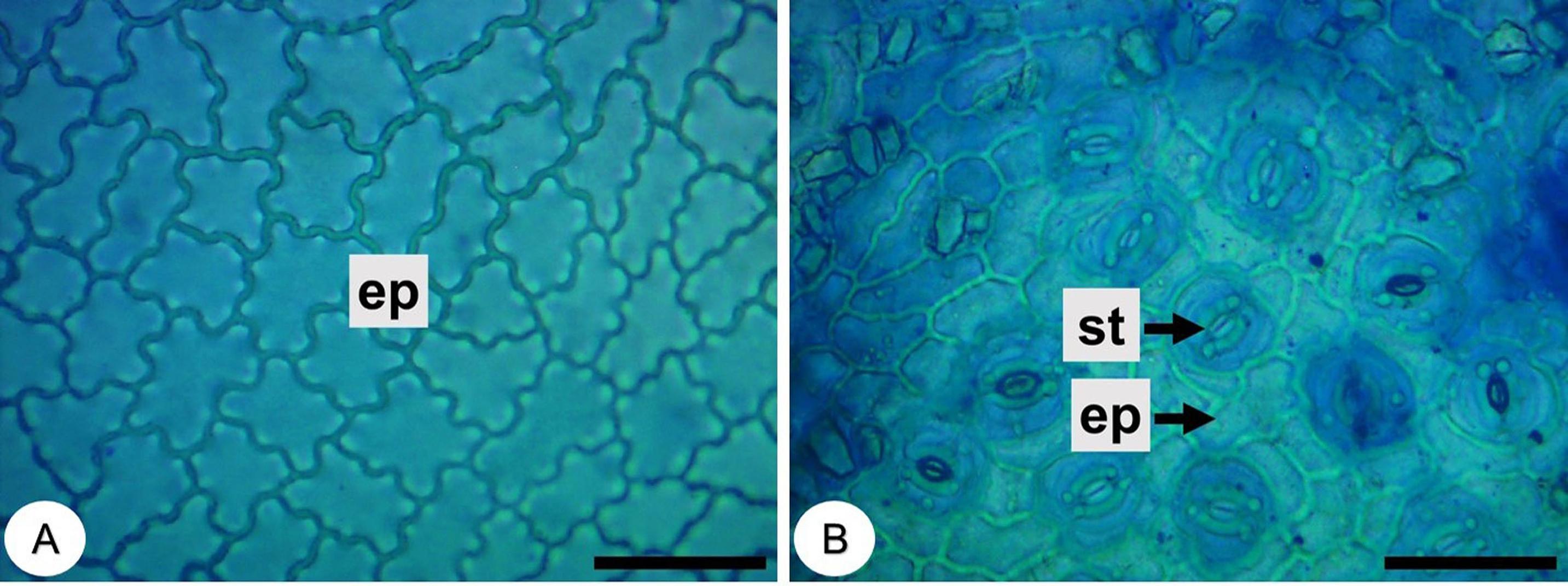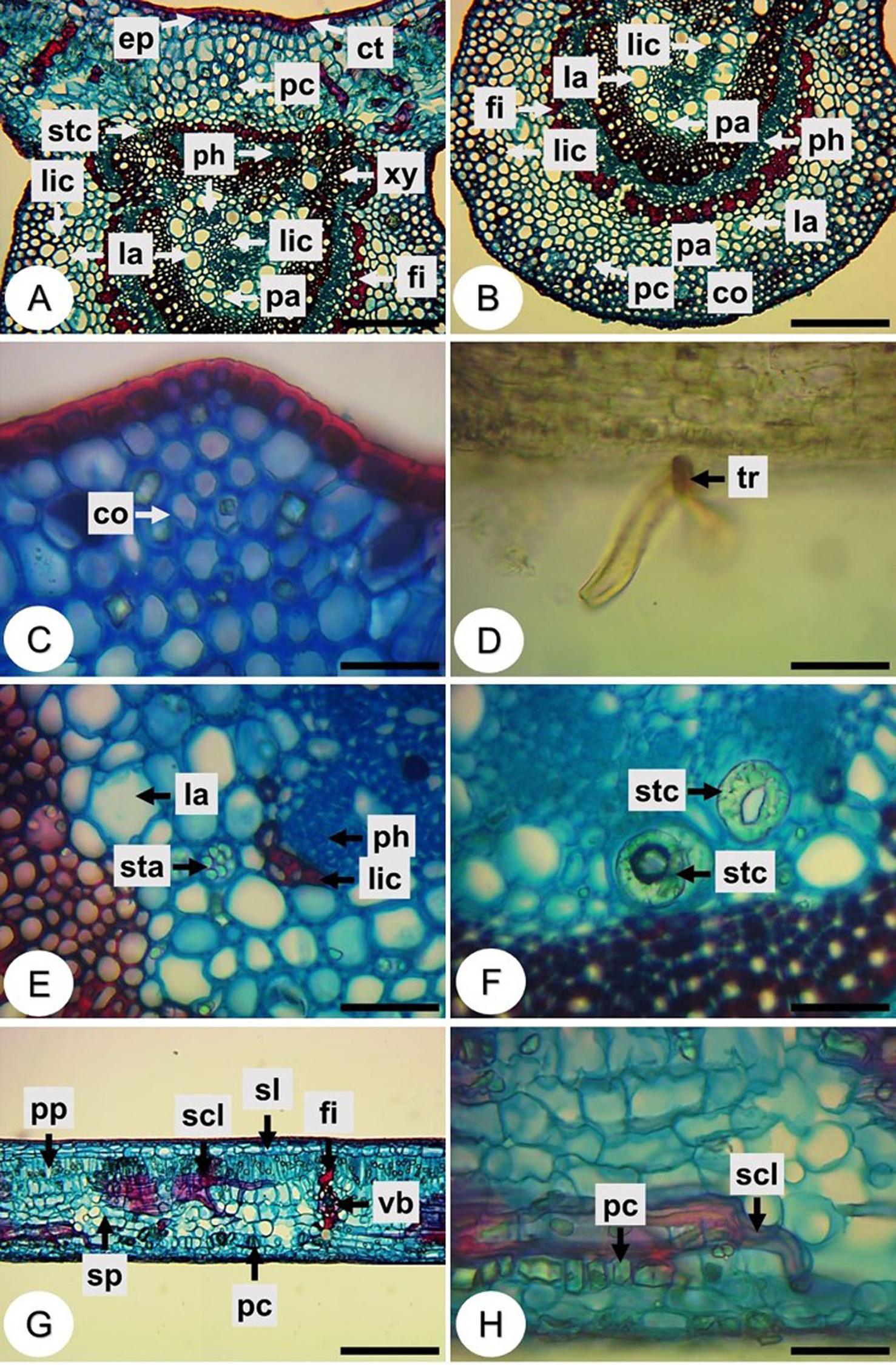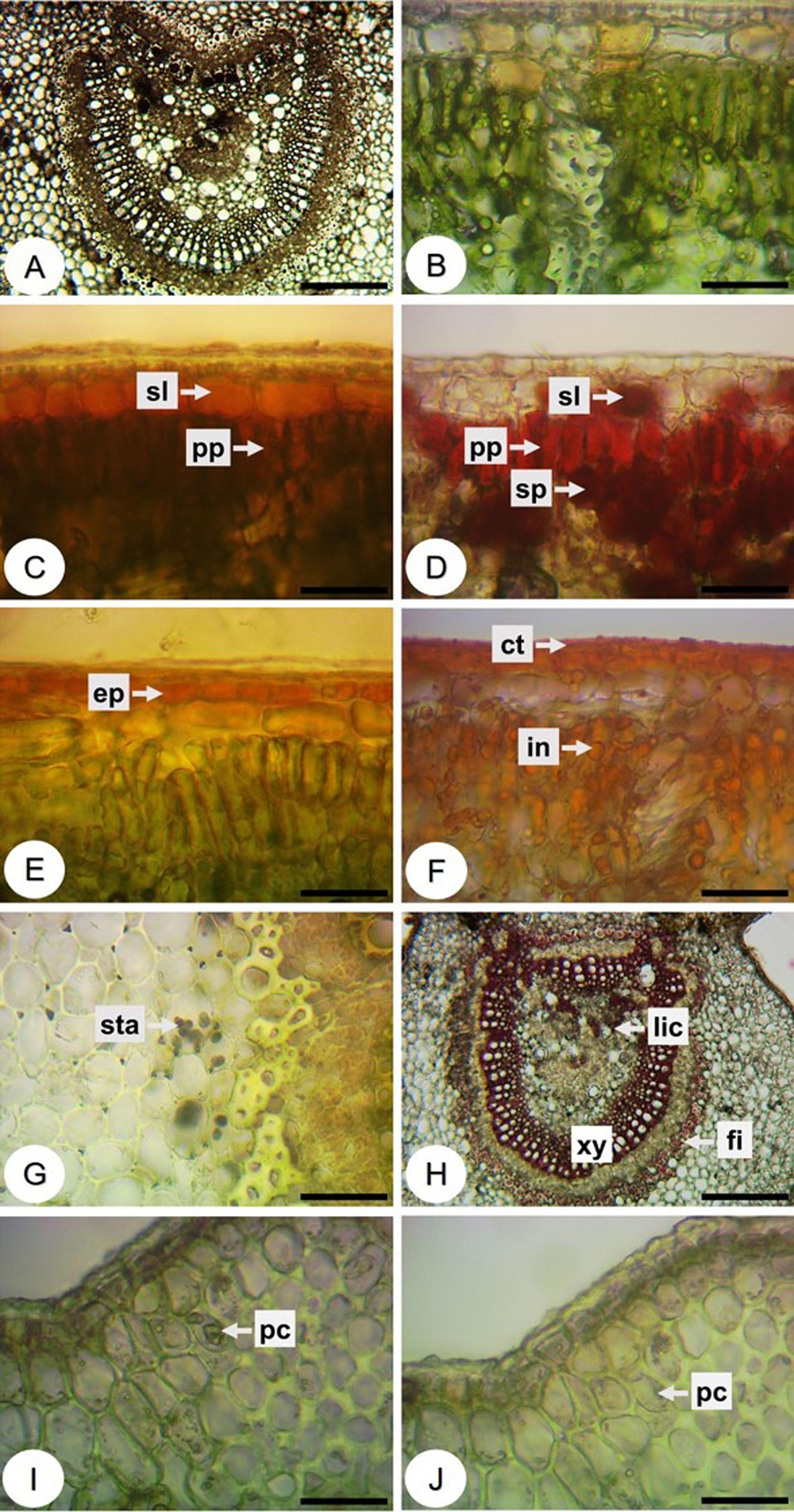Manilkara zapota (L.) P. Royen, popularly known as sapoti or sapota (sapodilla), is a tree bearing an important fruit, in addition to different parts of the plant being widely used in folk medicine in the management of inflammation, pain, fevers, coughs, diarrhea, dysentery, among other ailments. This study aimed to conduct a pharmacobotany standardization study of M. zapota. Semi-permanent slides, containing transversal sections of stem, petiole, leaf blade and fruit; and paradermic sections of leaf blade were prepared, and analyzed by light microscopy. Histochemical tests were also performed in cross-sections of the leaf blade. Microscopic analysis allowed the identification of important elements in the diagnosis of the species; while the use of histochemical techniques on the leaf blade showed evidence of the presence of phenolic compounds, tannins, triterpenes and steroids, lipophilic compounds, starch, lignin and calcium oxalate crystals. The results presented contributed to characterization of the species.
Keywords:
Anatomy; Histochemistry; Sapota; Sapoti; Manilkara/drug effects; Sapotaceae/drug effects.






